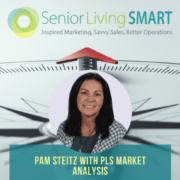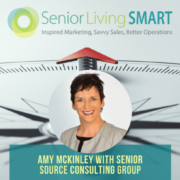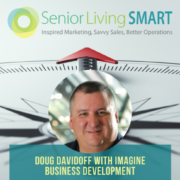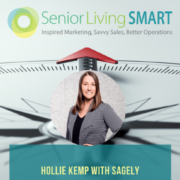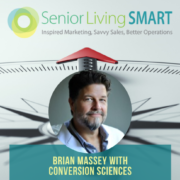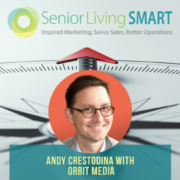Senior Living Marketing Perspectives: All Things Mailing Lists with Adam Van Wye
Topics Discussed and Key Points:
- What can we do with lists these days?
- How to attract high-value clients
- What to know about list pricing
- What ailment data tells us
- Marketing to the independent living adult versus their adult child
- Reaching out to individuals in caregiver roles
- How to create integrated campaigns and what kind of results to expect
- The relevance of direct marketing in today’s digital world and pull versus push marketing
Episode Summary:
In today’s episode, Debbie speaks with Adam Van Wye of Mailing Lists, Inc. Founded in 1994, Mailing Lists, Inc. offers highly targeted and cost-effective lists for direct mail, telemarketing, opt-in email, mobile marketing, digital advertising, and multichannel campaigns.
As a list broker, Adam describes his responsibility as “[putting] the right message in front of the right person at the right time. When you do that effectively, it’s a win-win for everyone.” This means that the message, no matter how masterfully crafted, means very little if it is ill-timed or sent to the wrong person.
Adam explains that targeting goes beyond highlighting the usual demographics of age, sex, geography, and marital status. He gives often overlooked facts surrounding an individual’s “household income”, considerations around targeting homeowners versus renters, and tips on creating campaigns for marketing events.
He also goes over compiled lists versus response lists, how to determine whether an email list is worth investing in, and how marketing changes based on whether one is marketing to the older adult or their adult child, best practices for target profiling, and how to transition from offline to online through integrated campaigns.
Ultimately, says Adam, the key to strengthening any outreach campaign is through continuous testing.
Finally, Adam makes the case that the vast amount of resources available in today’s digital world doesn’t mean that direct marketing is no longer relevant. In fact, he does a deep dive into the merits of pull (inbound) marketing and push (outbound) marketing and why great marketers never have to choose between the two.
Resources Mentioned:
1-800-570-LIST


